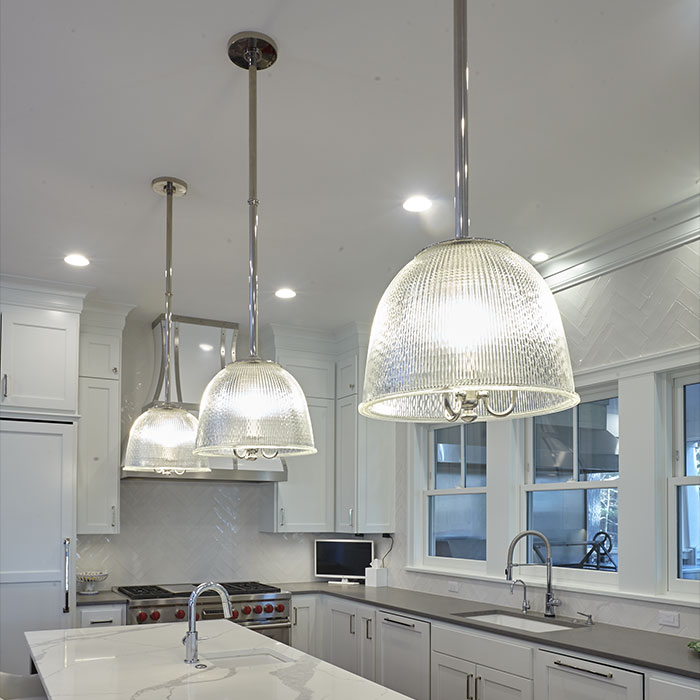Oh, sorry!
Industrial lights, like street lights, were often discharge lamps (mercury or sometimes sodium vapour) before high-power LEDs became common. These lamps need more or less complicated circuitry to work and that's known as a ballast. The ballast would be rated for a certain voltage, lamp type and lamp wattage and that specific lamp would have to be used. Ballasts can be wire-wound (chunky metal blocks like transformers) or electronic but both types take up considerable space in the fixture and should be easy to spot.
In the absence of a ballast it seems the fixtures were designed for incandescent lamps or possibly mains-voltage LEDs, which means you can use any domestic lamp you want, provided it fits the socket. BTW. I just noticed you're in Canada, sorry for assuming you're in the US! The electrical systems in the two countries are largely identical though.
It's hard to judge the size in the pictures, are the fixtures ES26 or is that a mogul base? If it's the latter you might want to replace the socket as ES26 LED lamps are much easier and cheaper to find than larger ones. For hanging them you might need some kind of adaptor plate that screws to your round ceiling boxes.





